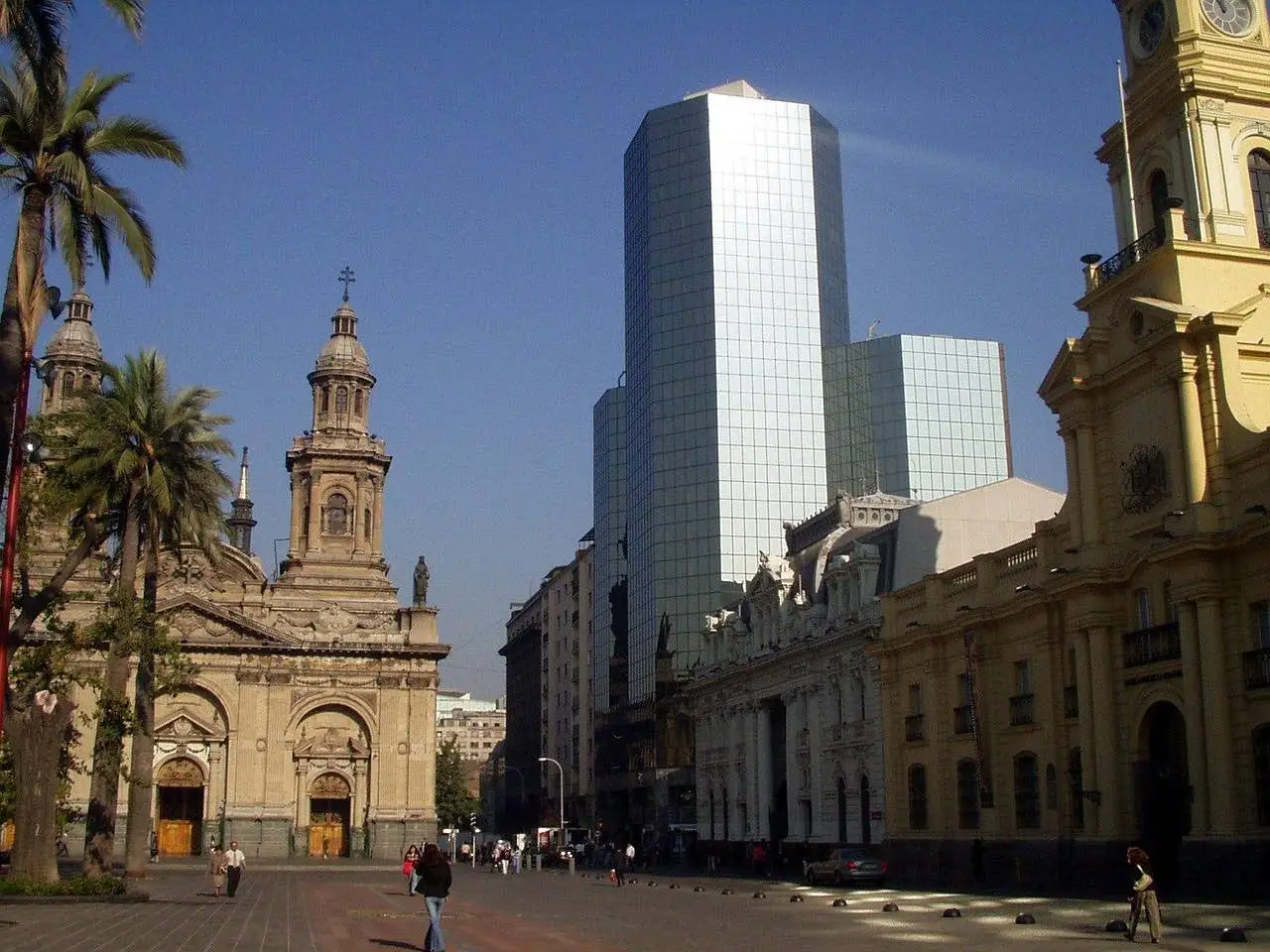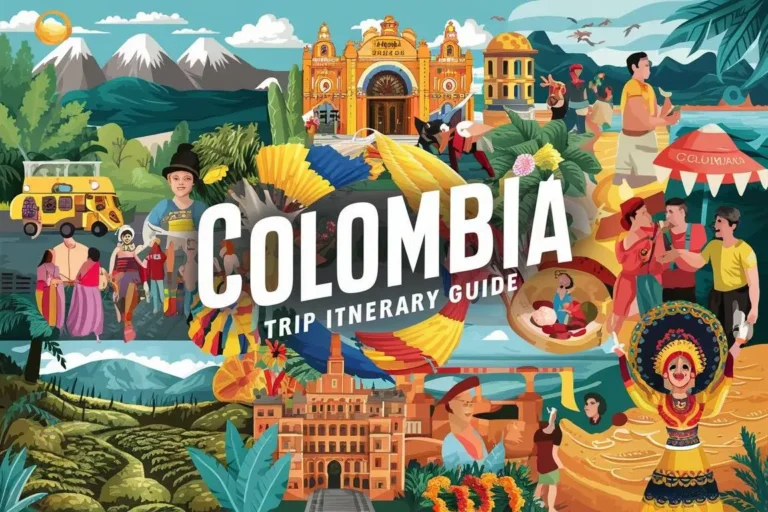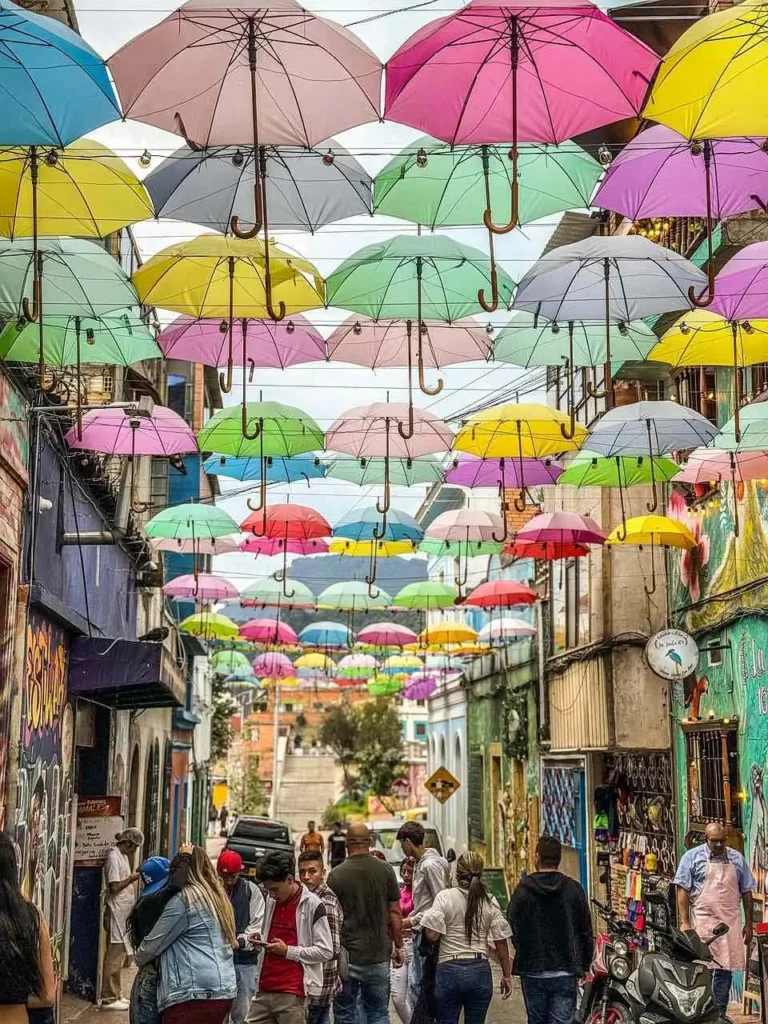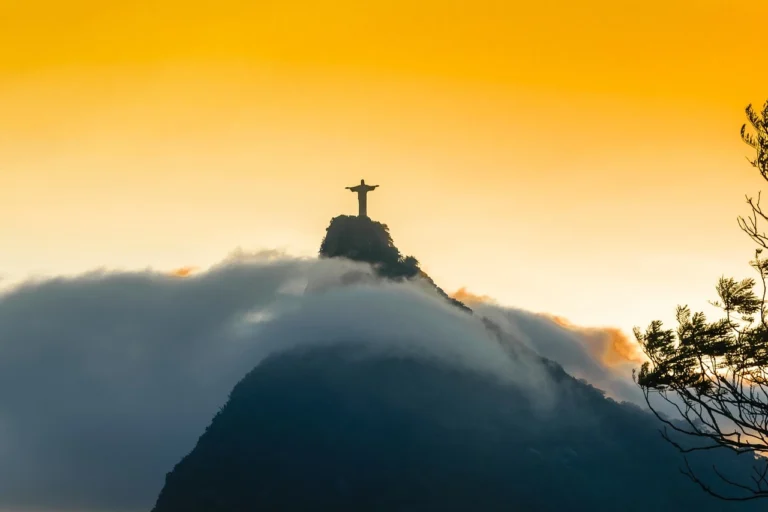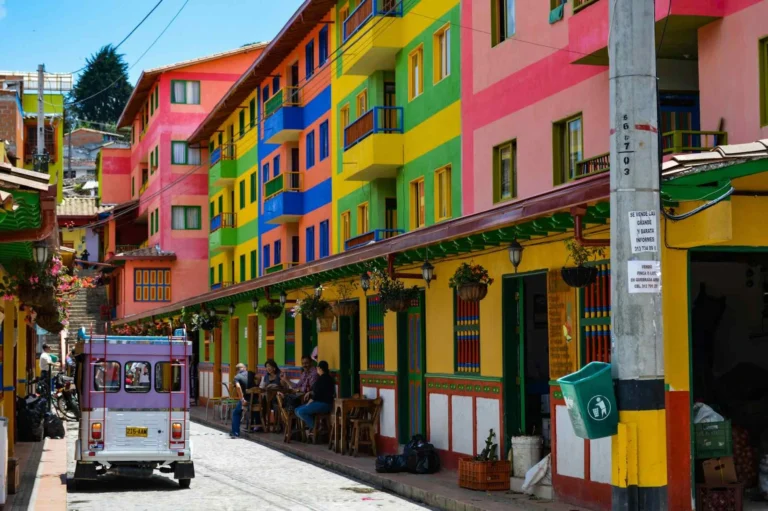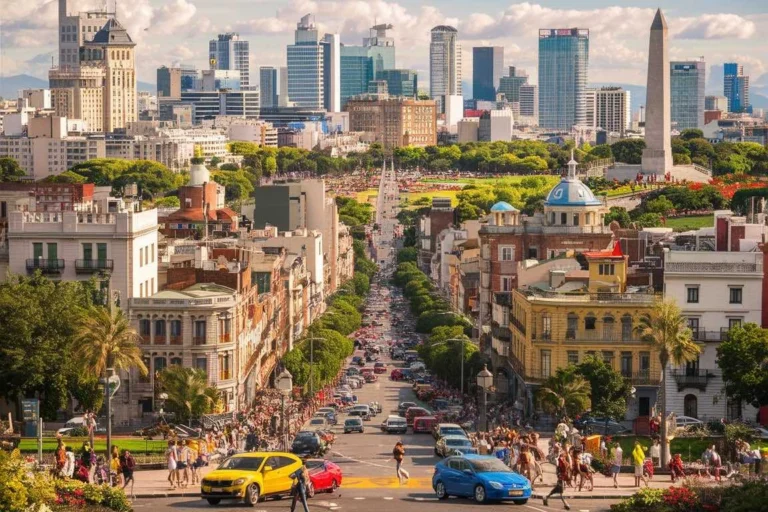What to Do in Chile: 4 Seasons of Amazing Experiences
Table of Contents: What to Do in Chile
Unsure about the best time to visit Chile or which experiences to focus on in this incredibly varied destination?
Chile’s dramatic 2,650-mile stretch offers everything from the world’s driest desert to ancient rainforests and massive glaciers, making timing your visit a crucial decision. What to do in Chile varies dramatically with each season, creating entirely different experiences depending on when you visit.
This comprehensive seasonal guide will help you discover what to do in Chile throughout the year, showcasing the perfect activities and destinations for each unique season. After guiding travelers through Chile’s diverse landscapes for over a decade and experiencing its seasonal transformations firsthand, I’ve compiled the ultimate seasonal approach to this extraordinary country.
From snow-capped adventures in the Andes, penguin watching in Patagonia to desert stargazing in Atacama, this guide covers must-see attractions, insider tips, and practical advice for experiencing Chile’s natural and cultural wonders year-round.
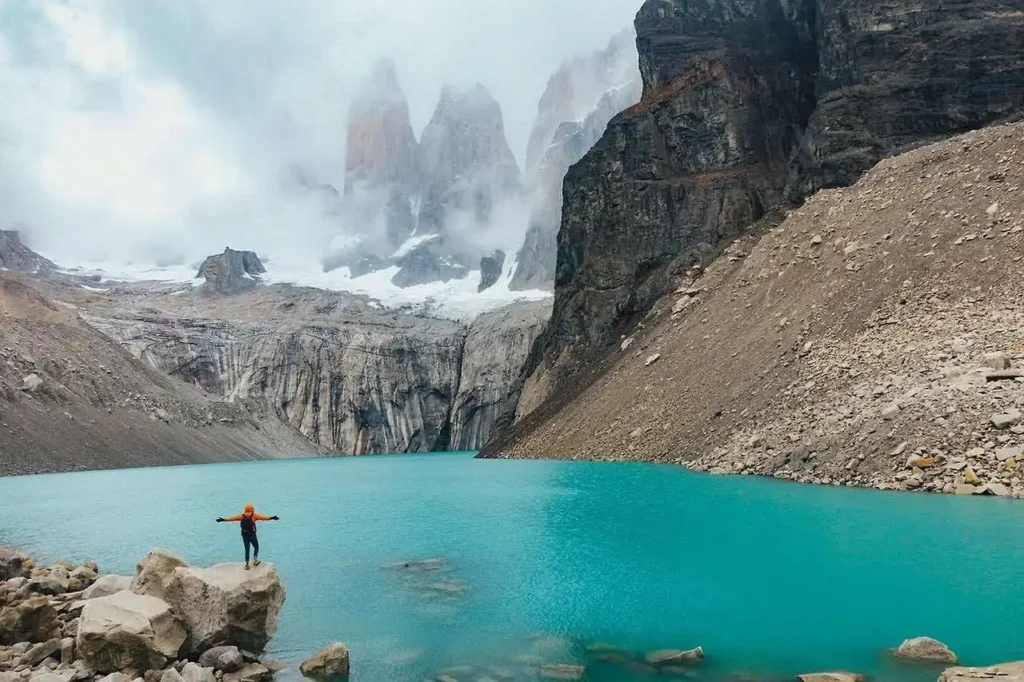
Why This Seasonal Approach Works
- Maximizes your experience by aligning with Chile’s dramatic seasonal variations
- Blends iconic attractions with lesser-known treasures appropriate for each time of year
- Perfect for all travelers, whether seeking adventure, culture, relaxation, or natural wonders
- Helps you avoid weather disappointments and capitalize on seasonal phenomena
- Offers genuine cultural experiences through local festivals and seasonal traditions
Choosing the Right Season for Your Chile Adventure
Best Times to Visit Different Regions
- Northern Chile (Atacama): Year-round destination with extreme temperature variations between day and night
- Central Chile (Santiago, Valparaíso): September to November (spring) and March to May (fall) for mild temperatures and fewer crowds
- Lakes District: December to March for outdoor activities and warmer weather
- Patagonia: Visit Patagonia between November and March for open hiking trails and favorable weather
- Easter Island: Year-round destination with slightly warmer temperatures from December to March
When to Avoid
- June-August for Patagonia (unless you’re specifically seeking winter sports)
- January-February for popular destinations (peak Chilean summer holiday season with higher prices)
- Plan for May to September in the Lake District, keeping in mind it’s the rainy season
Seasonal Highlights
- Spring: Flowering deserts, uncrowded national parks
- Summer: Ideal for Patagonia hiking, lake activities, beach visits
- Fall: stunning foliage in the south, milder temperatures
- Winter: Skiing in the Andes, hot springs experiences, whale watching
Planning & Preparation
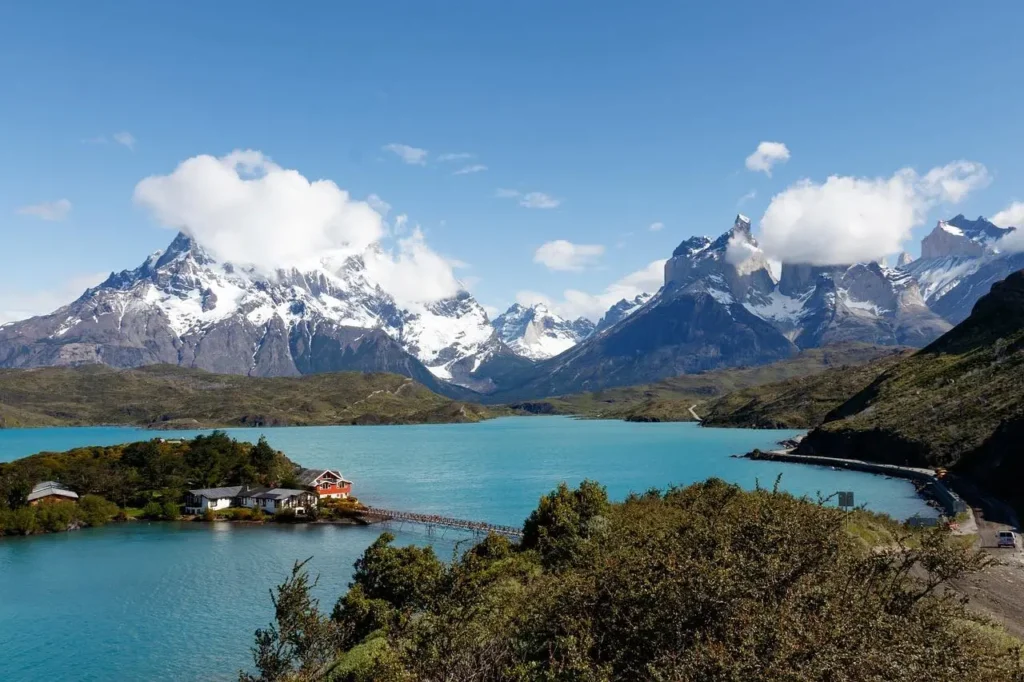
Essential Bookings
- Reserve Patagonia accommodations 6-8 months in advance for high season (December-February)
- Book Torres del Paine trekking permits well ahead, especially for popular trails
Packing Essentials
- Year-round: Layers, comfortable hiking shoes, sunscreen, daypack
- Summer: Light clothing, swimwear, hat, insect repellent
- Winter: Thermal layers, waterproof jacket, gloves, warm hat
- Spring/Fall: Mix of warm and cool weather clothing with rain protection
Travel Documents & Currency
- Bring Chilean pesos—while credit cards are commonly used in cities, cash is favored in remote areas
- No visa required for many Western countries for stays up to 90 days
- Consider purchasing the Chile National Parks pass if visiting multiple protected areas
What to Do in Chile: Season-by-Season Itinerary
Summer (December-February): Patagonia & Lake District Adventures
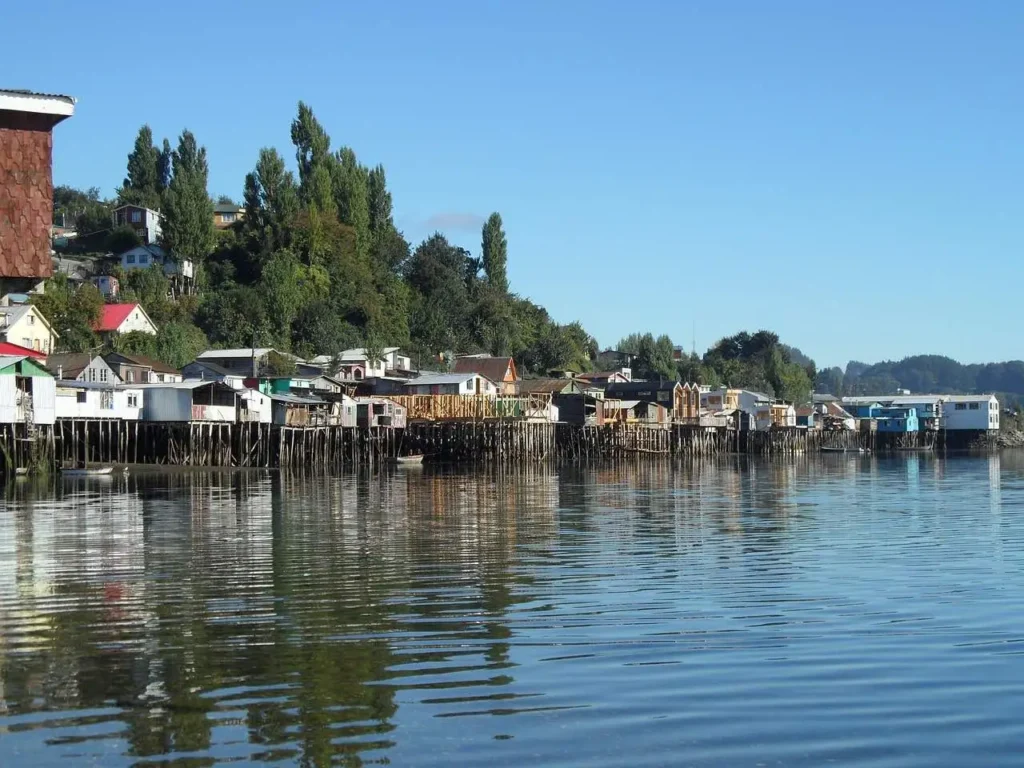
Days 1-3: Santiago & Central Chile
- Explore Santiago’s historic center and vibrant markets
- Take a day trip to coastal Valparaíso for colorful street art and seafood
- Enjoy evening concerts and outdoor festivals in Santiago’s parks
Days 4-7: Lakes District
- Visit Pucón for lake activities, hot springs, and volcano views
- Discover the emerald-hued lakes of Vicente Pérez Rosales National Park
- Experience traditional Mapuche culture through local tours and cuisine
Days 8-14: Patagonia Highlights
- Hike the iconic W Trek or enjoy scenic day hikes in Torres del Paine National Park
- Witness massive glaciers at Grey or Perito Moreno (crossing into Argentina)
- Wildlife watching for guanacos, condors, and if lucky, pumas
- Visit Magdalena Island to see penguin colonies
Fall (March-May): Central Valleys & Coastal Beauty

Days 1-3: Santiago & Surroundings
- Discover Santiago’s museums and cultural centers
- Enjoy the less crowded city with perfect mild temperatures
- Take a day trip to Cajón del Maipo for stunning autumn foliage
Days 4-7: Central Valley Exploration
- Explore the charming small towns of the Central Valley
- Visit traditional handicraft markets in villages like Pomaire
- Experience local fall harvest festivals and cultural celebrations
- Enjoy authentic Chilean cuisine at family-owned restaurants
Days 8-10: Coastal Discoveries
- Explore the less crowded beaches around Viña del Mar
- Visit Pablo Neruda’s home in Isla Negra
- Sample fresh seafood in fishing villages like Quintay or Zapallar
Winter (June-August): Andes Mountains & Northern Wonders
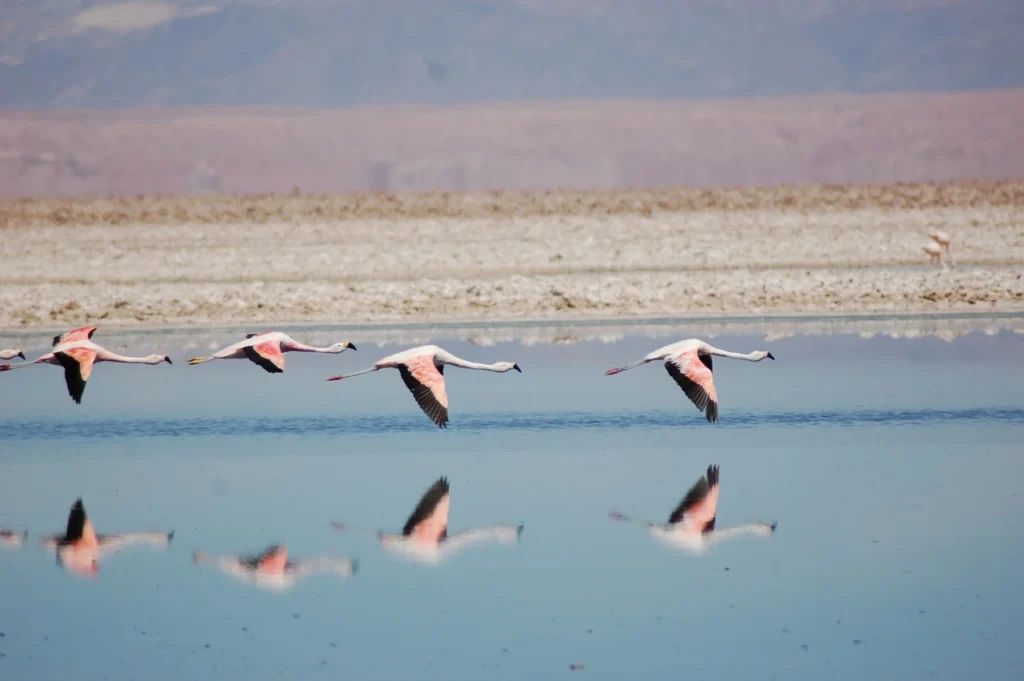
Days 1-3: Santiago & Ski Adventures
- Ski or snowboard at world-class resorts like Valle Nevado, El Colorado, or Portillo
- Experience Santiago’s winter cultural calendar and indoor markets
- Savor warming Chilean winter dishes in cozy, traditional eateries
Days 4-7: Atacama Desert
- Be amazed by surreal landscapes filled with geysers and expansive salt flats
- Experience premier stargazing with winter’s exceptionally clear skies
- Soak in natural hot springs while taking in breathtaking mountain views
- Visit high-altitude lagoons to see flamingos against snow-dusted mountains
Days 8-10: Northern Coastal Highlights
- Explore La Serena’s colonial architecture
- Visit Humboldt Penguin National Reserve
- Observe humpback whales during their winter migration (July-August)
Spring (September-November): Desert Blooms & Nature Awakening

Days 1-3: Santiago & Central Region
- Witness the Independence Day celebrations (September 18)
- Explore Santiago’s parks in full bloom
- Take part in community festivals featuring folk dances and regional dishes
Days 4-7: Atacama Flowering Desert (if conditions permit)
- Experience the rare desert bloom phenomenon (depends on rainfall)
- Hike through valleys transformed by wildflowers
- Photograph unique desert ecosystems coming to life
Days 8-12: Easter Island Adventure
- Explore the mysterious moai statues with fewer tourists
- Hike around the volcanic terrain with pleasant spring temperatures
- Experience the Tapati cultural festival (if traveling in early February)
- Dive or snorkel in pristine waters brimming with vibrant marine life
Pro Tips for a Smooth Trip
Navigating Chile’s Geography
- Remember that Chile spans multiple climate zones – weather varies dramatically
- Internal flights save time given Chile’s length (2,600+ miles)
- Consider overnight buses for longer distances (comfortable and affordable)
- Rent a car in specific regions rather than for the entire country
Must-Have Apps & Tools
- AllTrails or Maps.me for offline hiking maps in national parks
- Uber works well in major cities as an alternative to taxis
- Recorrido.cl for bus bookings between cities
- Use AccuWeather for dependable weather updates across Chile’s diverse climates
Saving Money While Traveling
- Visit popular destinations during shoulder seasons (October-November, March-April)
- Choose lodging with a kitchen to cut down on dining expenses
- Consider the “menu del día” (fixed price lunch) for affordable quality meals
- Get the Turistik card in Santiago to enjoy discounted access to several attractions
Itinerary Variations
Nature Photography Focus
- Add additional days in Torres del Paine during spring for wildlife and wildflowers
- Include Chiloé Island for unique landscapes and architecture
- Schedule around new moon periods for astrophotography in Atacama
Cultural Immersion
- Plan your visit around major celebrations like La Tirana in July, Tapati Rapa Nui in February, or Fiestas Patrias in September
- Add visits to indigenous communities in the Atacama and Lakes Region
- Don’t miss a street art tour in the vibrant cities of Valparaíso and Santiago
Adventure Enthusiasts
- Add whitewater rafting in Futaleufú (summer)
- Include volcano climbing in Pucón or Villarrica
- Add a multi-day horseback riding adventure in Patagonia for an immersive experience
- Consider heli-skiing in the Andes during winter
Regional Cuisine & Local Experiences
Where to Eat
- Santiago: Visit Mercado Central for seafood and Lastarria neighborhood for innovative cuisine
- Patagonia: In Patagonia, savor the local specialty—slow-roasted lamb barbecue (asado de cordero)
- Coastal regions: Seafood markets for the freshest ceviche and empanadas de mariscos
Local Experiences Not to Miss
- Participate in a traditional Chilean asado (barbecue) with locals
- Take cooking classes focusing on regional specialties
- Visit craft markets featuring local artisans and indigenous art
- Attend local sports events, especially fútbol matches in Santiago
FAQs: What to Do in Chile
What to do in Chile if I only have one week? Focus on one region based on the season. In summer, prioritize Patagonia; in winter, consider Santiago plus skiing or the Atacama Desert; in spring/fall, combine Santiago or the Lakes District.
Is Chile safe for solo travelers? Chile is generally considered one of the safest countries in South America. Exercise normal precautions, especially in larger cities like Santiago, and you’ll likely have a trouble-free experience.
How much should I budget for a 10-day trip to Chile? For mid-range travel including accommodations, meals, activities and internal transportation, budget approximately $100-150 USD per day, excluding international flights. Patagonia tends to be more expensive than other regions.
Do I need to know Spanish to travel in Chile? While knowing basic Spanish phrases is helpful, especially in rural areas, many people in tourism-related businesses speak some English. A translation app can help bridge any communication gaps.
What to do in Chile truly changes with each season, offering travelers completely different but equally magnificent experiences throughout the year. Whether you’re chasing the southern summer in Patagonia, stargazing in the Atacama’s winter skies, witnessing spring desert blooms, or exploring the colorful autumn landscapes of central Chile, this remarkable country rewards those who align their itinerary with the rhythms of its seasons.
Begin planning your seasonal Chilean adventure today and discover why this diverse country deserves multiple visits across different times of year. The breathtaking landscapes, warm hospitality, and unforgettable experiences await you in every season!
Before you go, don’t miss our detailed guides to Torres del Paine National Park and Chilean Cultural Experiences to further enhance your trip planning.

